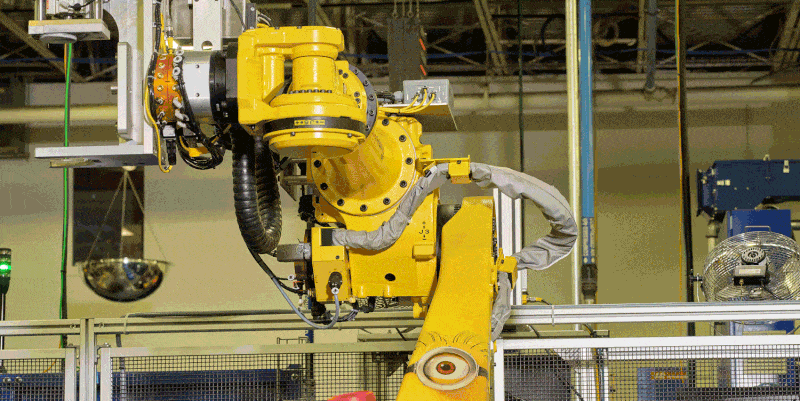The Real Value of 3D Printing

On the surface, the 1250-hp Czinger 21C is unlike anything else on the road. Its giant glass cockpit and gaping side intakes are more aeronautic than automotive. Under the skin, though, is where things get properly weird. Consider what Czinger calls the BrakeNode: It merges brake-caliper and suspension components into a single, oddly organic shape.
This story originally appeared in Volume 14 of Road & Track.
SIGN UP FOR THE TRACK CLUB BY R&T FOR MORE EXCLUSIVE STORIES
Sculpted and perforated, it looks lifted from an H.R. Giger sketchbook. But it’s not mere lunacy. There’s a method to this madness. “We are fully, functionally integrating the brake caliper and upright structures, which so far is on track to deliver over 40 percent mass and part-count reduction with 25 percent stiffness increase—no compromise and no tooling required,” explains Michael Kenworthy, CTO of AM Technologies at Divergent 3D, manufacturer of the Czinger 21C.

The BrakeNode and many of the 21C’s other components are manufactured using a process colloquially called 3D printing. Its formal name is additive manufacturing. “We literally make part geometries that cannot be economically produced any other way,” Kenworthy says.
Traditional manufacturing techniques like casting, milling, and stamping haven’t changed much since the First Industrial Revolution. Three-dimensional printing is wholly new, an umbrella term for a variety of techniques for creating physical objects from digital designs on a layer-by-layer approach. The concept dates to Forties science fiction and saw its first practical implementations in the Eighties. Really, though, it’s only in the past 20 years that the technology has matured to usefulness.

A typical $300 home 3D printer uses one of two techniques. Fused deposition modeling is the more common one. These printers force spools of plastic filament through heated nozzles, like a hot glue gun. The filament then hardens as it cools, constructing parts layer by layer. The other technology is stereolithography, where UV light hardens resin a layer at a time.
These simple, cheap techniques produce some great-looking parts. However, at the production-automotive level, finer tolerances and greater durability are necessities. So most pros turn to powder bed fusion. These machines can cost upwards of $500,000 and form parts by bonding powdered materials.

 Yahoo Autos
Yahoo Autos 